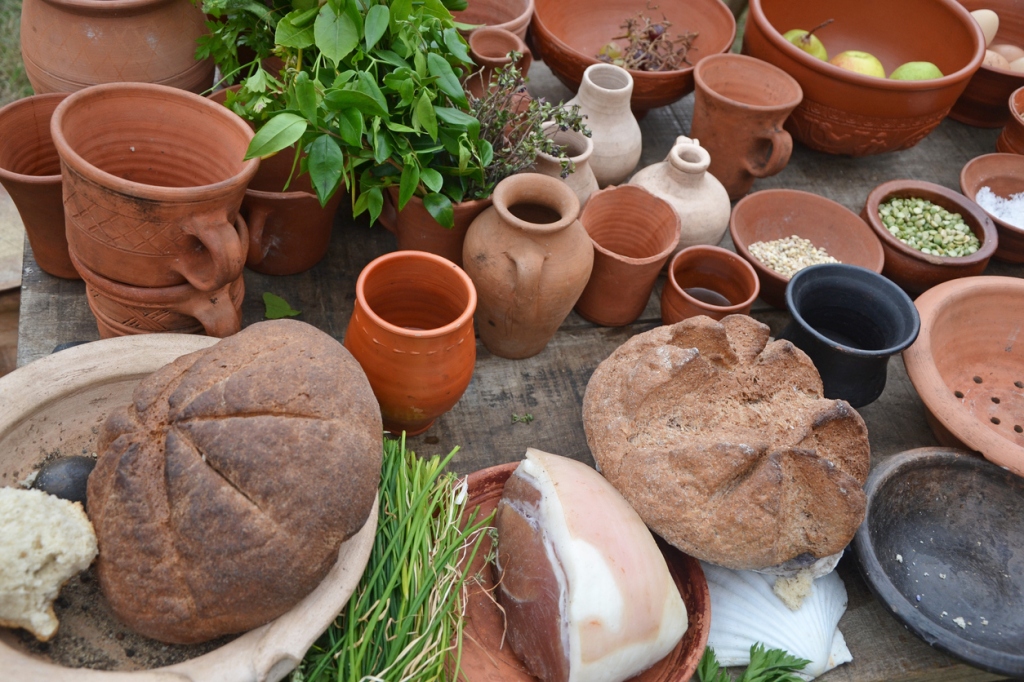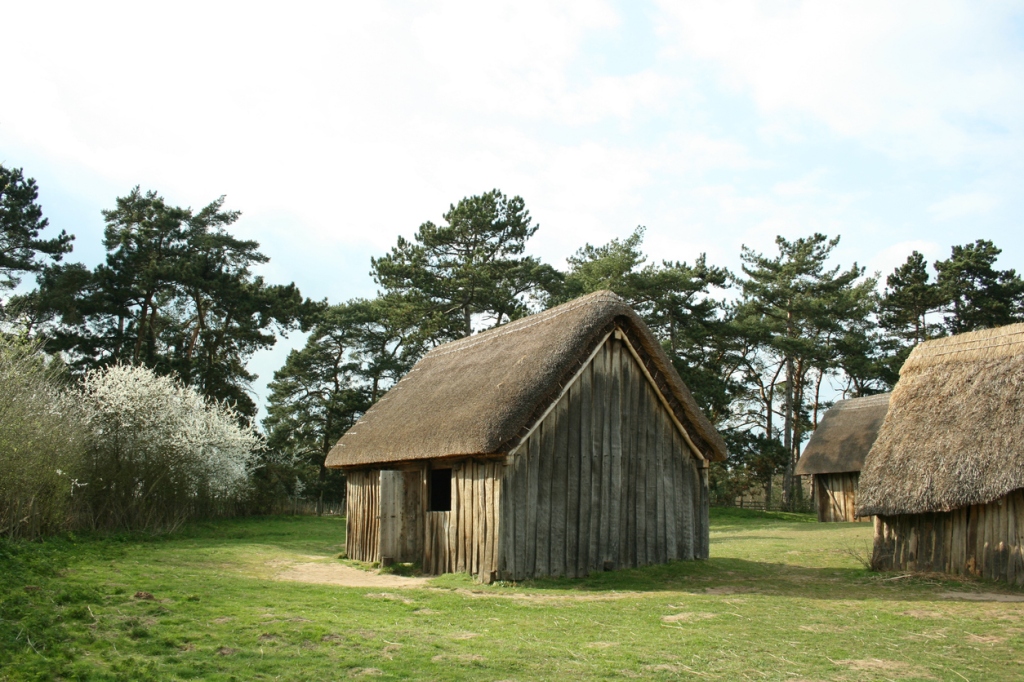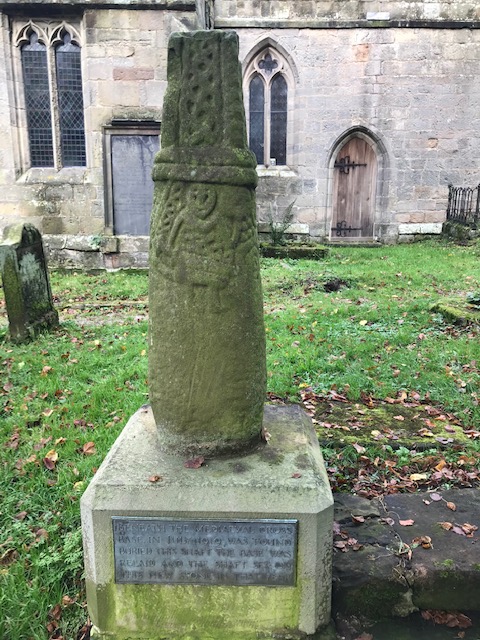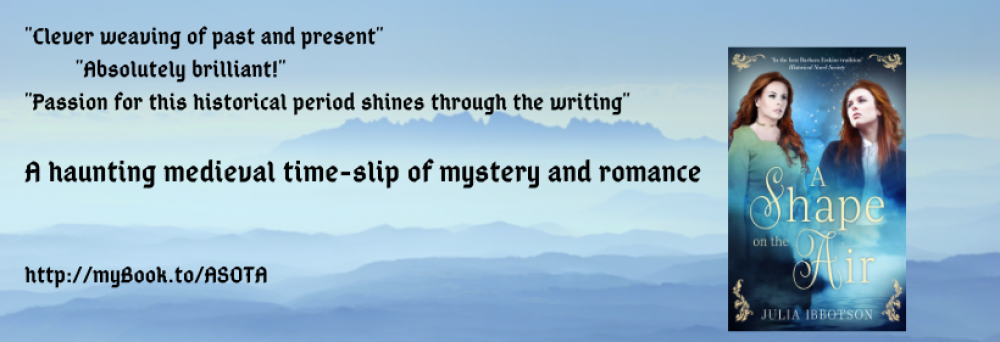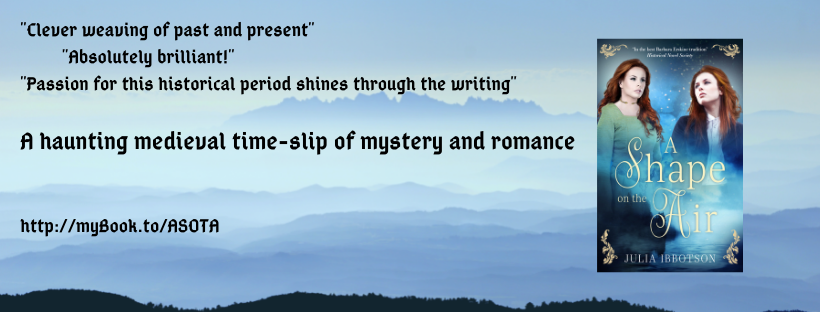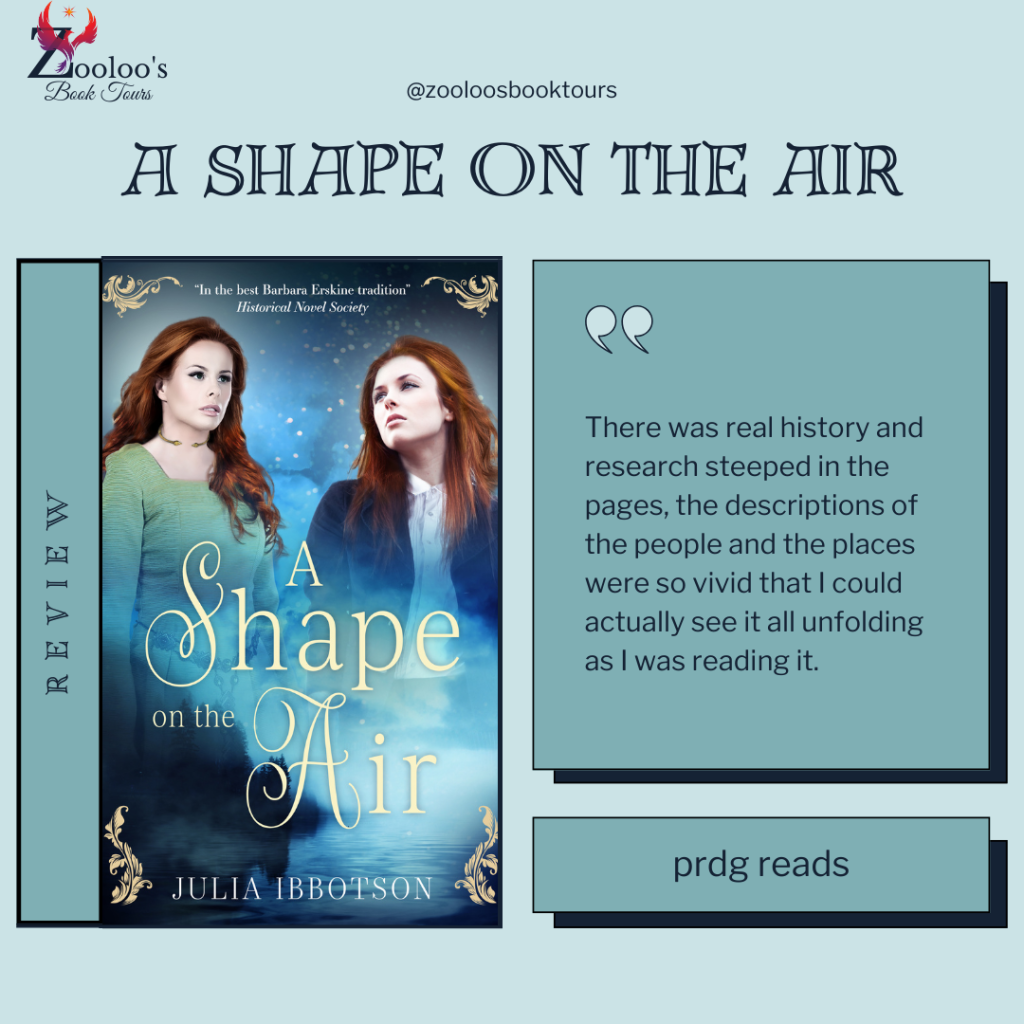
I love virtual book tours! And above you’ll see an image form one I did recently. But for the uninitiated – what are they?
We’ve all seen (or heard of) authors touring round venues with their new book, doing signings, giving talks, with a schedule of stops/events in a variety of places over a period of maybe a week or two. Nice for the audience of potential readers/followers to meet their writer idol, but exhausting for the poor author! For many of us it can get ‘a bit too much’ – and also interrupt the progress of the next book!
So, virtual book tours – what are they, how do they work, and do they help with promoting a book? I’ve often been asked this by fellow authors. They’ve been around for a while now but they really took off in Covid lockdown when authors couldn’t travel around doing physical face-to-face talks/meet and greet/book signings. That’s when I got hooked!
You don’t need to spend precious time travelling, you do it all online from your desk. Your tour ‘stops’ over a period of 5, 7 or maybe 14 days are book enthusiasts’ blogs on Facebook, twitter, Instagram etc. You may choose to do all-review tours or you may want to provide guest posts, or simply ask for a feature post. In all cases your book cover and details such as a short blurb, author profile, social media links, buy-links etc are posted.
It’s also a better way for readers who may not be able to make a physical event because of other commitments or difficulty travelling to a venue far away or because of health or disability factors. And anyone can access the blog stop and read about a new or favourite author or their new publication! The tour organiser spreads the news of the tour and the links to the stops, on all their socials. They should also provide the author with the schedule containing all the dates on tour and the direct links to each blog/feature. For me, that’s a much more effective promotional tool.
I’ve used virtual book tours for a few years now and can really recommend them – as long as you do your research and choose carefully. There may be a bit of trial and error in finding the tours that suit you and your writing best. Over the years I’ve tried out several. Now I have three that I use regularly, either with a newly published book or to refresh interest in a novel that’s been out there for a while. But there are some I have tried and rejected mainly either because the organiser was too disorganised or they didn’t keep me informed with posts or feedback. Some are ridiculously expensive for what they purport to provide (and some don’t actually fulfil their brief), so look at a range and see how much they vary.
My recent tour is illustrated above – or at least one of the images from the wrap-up from the tour, which gave me some quotations from the reviews. This is one such. Personally, I have a favourite specialist tour for historical novels, because you know that the audience is looking for that genre (although the potential reader may be interested in a different historical period from the one you write in!), a favourite specialist tour for romance, and a more general tour for all genres of novels.
Whether they result in an immediate tsunami of sales or not depends on a number of factors. But they certainly increase your profile, and perhaps bring your name and work before potential new readers. That has to be good!
A Shape on the Air can be found at https://myBook.to/ASOTA
and its sequels, and all my books at https://Author.to/JuliaIbbotsonauthor

